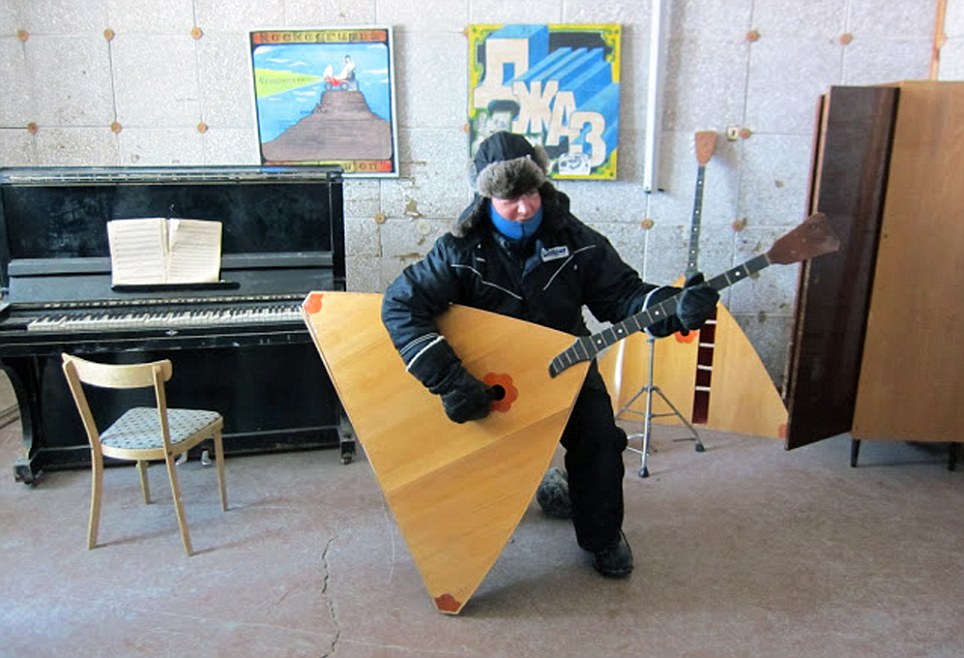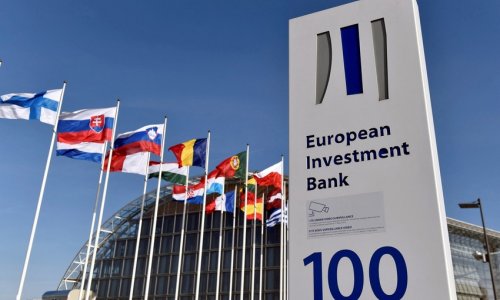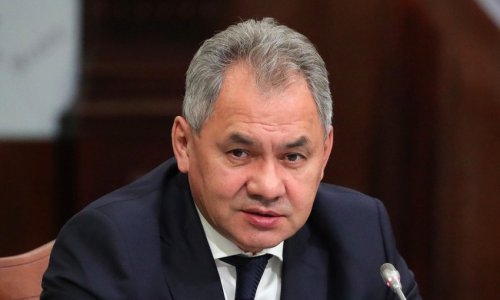Follow us !
Soviet ghost town is now a bizarre tourist attraction - PHOTO
World
17:16 | 06.12.2013

Soviet ghost town is now a bizarre tourist attraction - PHOTO
Welcome to the deserted Soviet settlement of Pyramid, around 800 miles from the North Pole and literally frozen in time.This ghost town is in fact in Norway - on Spitsbergen island in the Arctic Ocean - where Russia retains rights to occupy the icy territory.No-one has lived permanently in Pyramid since 1998 and it is now a bizarre tourist attraction offering the world's most northerly Lenin monument.These remarkable pictures of the timewarp town are from Vladimir Prokofiev, 33, a Russian guide who worked in this lonely outpost earlier this year. 'Welcome to the very end of the earth,' said Mr Prokofiev, whose amazing images capture a lost Soviet world.Alone between trips from hardy tourists, he lives at abandoned Tulip Hotel, and his only friend is an Arctic fox who joins him for breakfast.The pictures were taken this spring. 'The sun has been shining since 4-30am. Soon it will start shining 24/7,' said Mr Prokofiev.He regularly visits the one place in Pyramid where, on a good day, he might be lucky to catch a signal for his mobile from Norwegian settlements on Spitsbergen.'There are no radio, TV, Internet in the village. However we can try to catch a signal from Norway in the so-called 'emotional spot' or 'spot of hope',' he said. 'It is marked by a pole.'It's a tricky business. 'The battery runs down before the fingers get frozen, you can never know which one will give up first - your fingers or a battery of your mobile,' he explained.He visits a disused gym in a wooden building known to the Soviets as 'London'.It housed unmarried men when the community was a thriving settlement.The bigger house to the right was called 'Paris', it was inhabited by single women. There is a canteen between the two houses, probably to give a chance the unattached to meet.'The thermometer reads minus 10C in the sun but Mr Prokofiev calls this 'optimistic' since it feels cooler with the wind chill.In a garage he finds a 22 year old Toyota, called a 'limo' by the Norwegian visitors. A sign commemorates Yuri Gagarin's trip to space in April 1961, and while the town was abandoned seven years after the fall of the Red flag, everything about it has the stamp of Soviet Communism about it.Waiting for his tourists to arrive, he finds random traces of what was once a thriving Soviet town. Old film reel, snow boots, explosives devices, a 25 metre swimming pool The tourists like to visit the old works canteen, once open day and night, where the food was free to hardy workers willing to work in this icy climate. And also 'the most polar Lenin in the world'. 'The northernmost Lenin looks a bit crazy, doesn't he?' asks Mr Prokofiev.The ghost town, which once boasted 1,000 people, is reputed to maintain the world's most northern grand piano in the cultural centre.'It used to be a Soviet paradise in the 1970s and 1980s with a nursery, a school, a sports and entertainment centre, a warm swimming pool covered with a roof made of Karelia birch,' said a report on Vesti-Yamal TV in Russia.'Soil with special freeze-resistant grass was brought here by plane from 'the big land'. This grass still grows here. But all the people have left.'The last tone of coal was lifted on 31 March 1998.'This TV report accused early tourists of looting the town - 'they took away all they could carry', including library books and parquet flooring.Now, though, the buildings have been secured and lighting restored, with a view to increasing the number of tourists visiting Pyramid.A threat is polar bears.'They enjoy coming into the village and checking rubbish bins,' said the TV report, stressing the guides in the village monitor their movements.The Spitsbergen Treaty of 9 February 1920 recognises fully Norwegian sovereignty over the archipelago of Svalbard, but allows other signatory nations to settle in the islands of which Spitsbergen is the largest. The main settlement Longyearbyen is a Norwegian town, while the second-largest is Russian coal mining outpost of Barentsburg, still occupied and functioning.Pyramid - Pyramiden - was founded in 1910 by Sweden and sold to the USSR in 1927. It is named after the nearby pyramid-shaped mountain. Nowadays, it is accessible to travellers by boat or snowmobile from Longyearbyen, Svalbard's capital, some 31 miles to the south. A small number of residents do now live here in order to maintain facilities needed for tourists to visit a town literally frozen in time. Experts say it is the cold temperatures that have helped to preserve buildings that would otherwise have deteriorated in the 15 years since the Kremlin pulled the plug on this relic of Stalin's industrialisation of Russia.(dailymail.co.uk)ANN.Az










